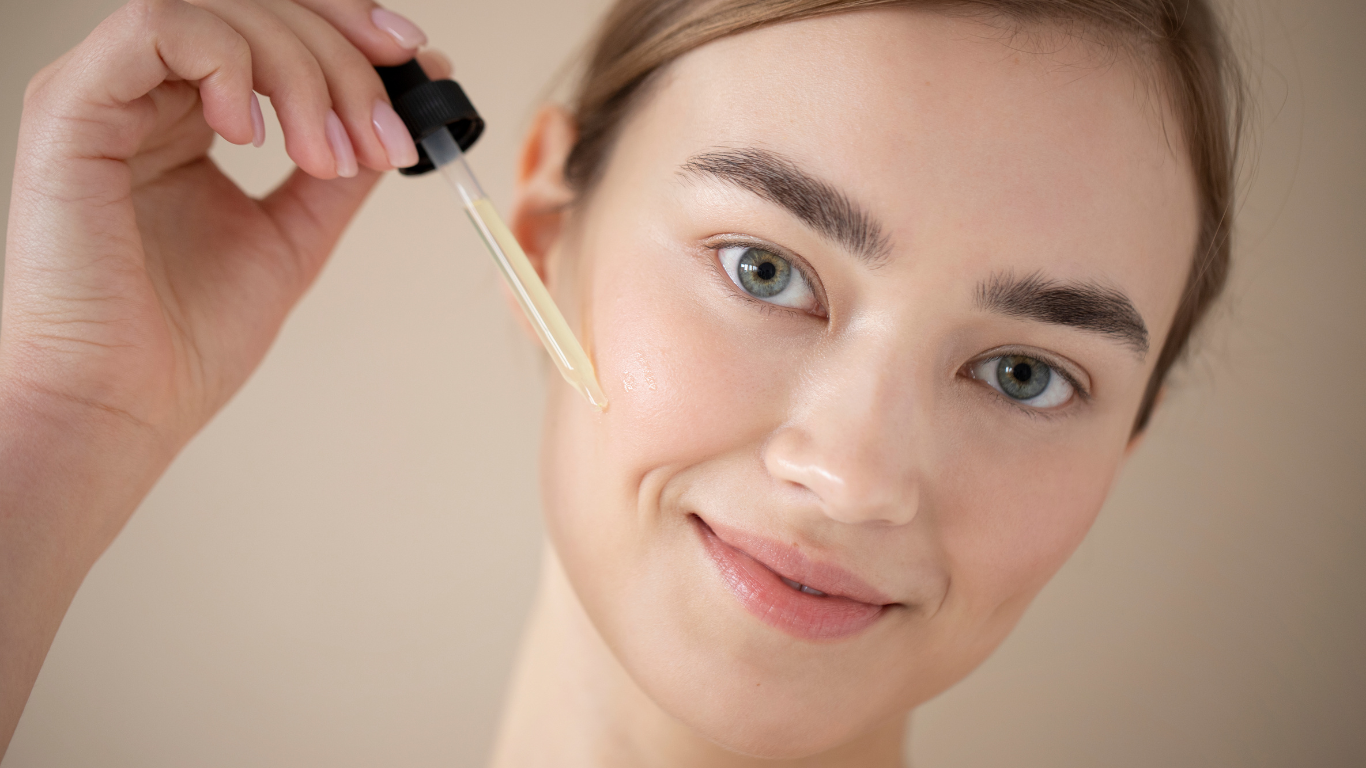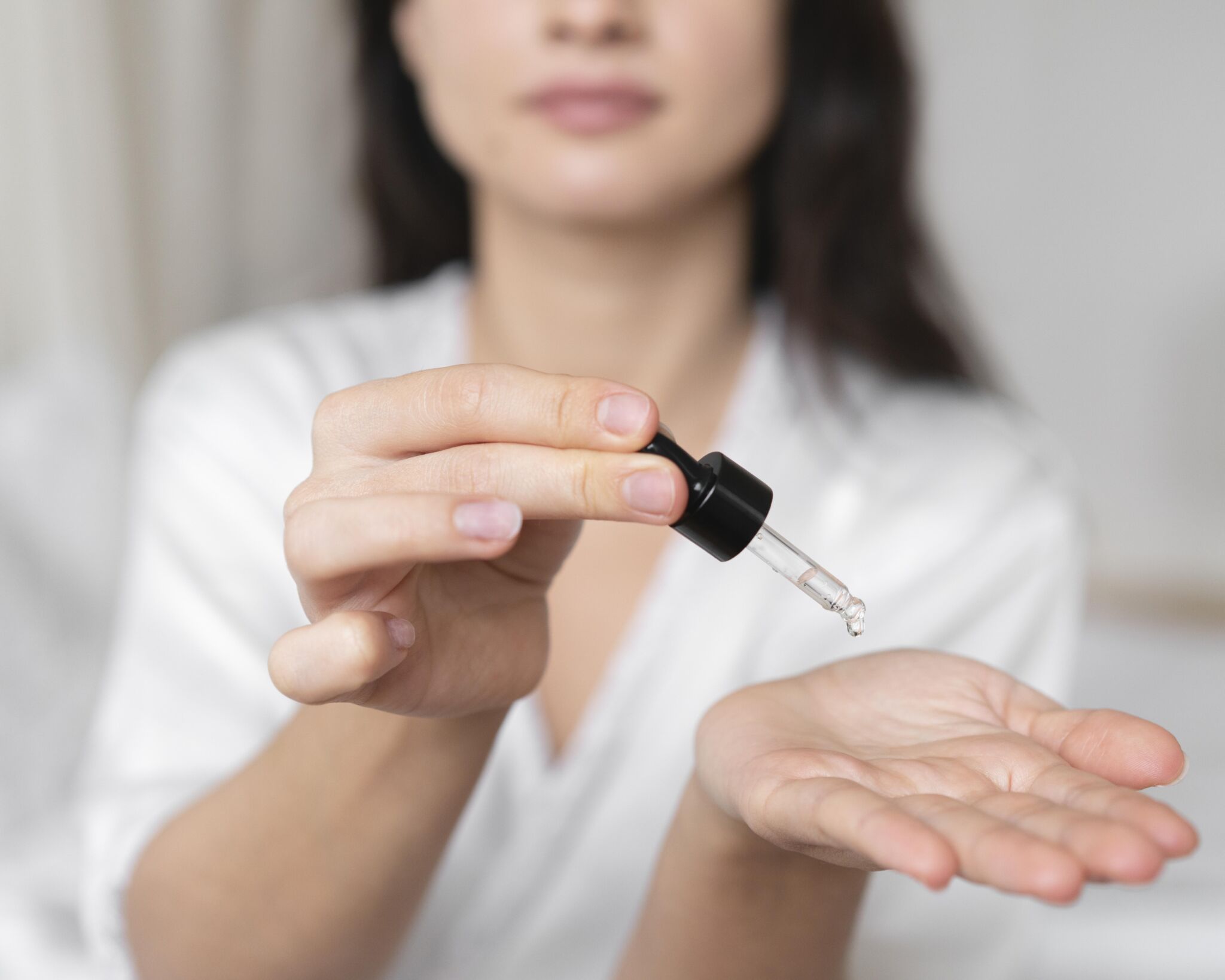Understanding the retinoid family
From gentle care to professional-level results

Retinol has long been considered the gold standard in anti-aging skincare, but its broader family, retinoids, includes multiple forms, each with its own distinct properties. What are the differences between retinoids? How do you choose the right one? And how should they be used correctly? ELLE O‘zbekiston explores the nuances of this essential vitamin A derivative.

photо: freepik
Retinoids refer to a group of compounds derived from vitamin A. They work by stimulating cell renewal, improving skin texture, reducing wrinkles, fighting hyperpigmentation, and treating acne. The main differences between retinoids lie in their chemical structure and potency.
Before incorporating retinoids into your skincare routine, it is essential to consult a dermatologist.
The main types of retinoids
Retinol – The mildest form of retinoids, commonly found in over-the-counter skincare products. Once applied, it gradually converts into retinaldehyde and then into retinoic acid (the active form). Retinol requires time to build up its effects and is suitable for sensitive skin.
Retinal, Retinaldehyde – A step between retinol and retinoic acid, offering faster results but with an increased risk of irritation. A great option for those already familiar with retinol and looking for something stronger.
Tretinoin, Retinoic Acid – The most active form, available only by prescription. It works immediately, delivering visible results, but is also prone to irritating, requiring an adaptation period.
Retinyl Palmitate – The gentlest retinoid, ideal for sensitive skin. However, it takes longer to show noticeable improvements.
Adapalene – A synthetic retinoid primarily used for acne treatment. It is less irritating than tretinoin and is well-suited for blemish-prone skin.
Tazarotene – A highly potent retinoid, often prescribed for severe acne and significant signs of aging. Due to its strength, it is available only by prescription.

photо: freepik
How to choose the right retinoid?
- For beginners – Start with retinyl palmitate or retinol for a gentle introduction.
- For more noticeable effects – Try retinaldehyde for faster results.
- For acne or visible aging signs – Adapalene, tretinoin, or tazarotene can be effective but should be used only under medical supervision.
How to use retinoids correctly?
- Introduce gradually: Start 1–2 times per week, then slowly increase frequency.
- Use only at night as retinoids make the skin more sensitive to UV rays.
- Always apply SPF during the day, at least SPF 30 is necessary to prevent sun damage.
- Avoid combining with acids (AHA, BHA) or vitamin C
- Keep the skin hydrated to reduce dryness and irritation caused by retinoids.


